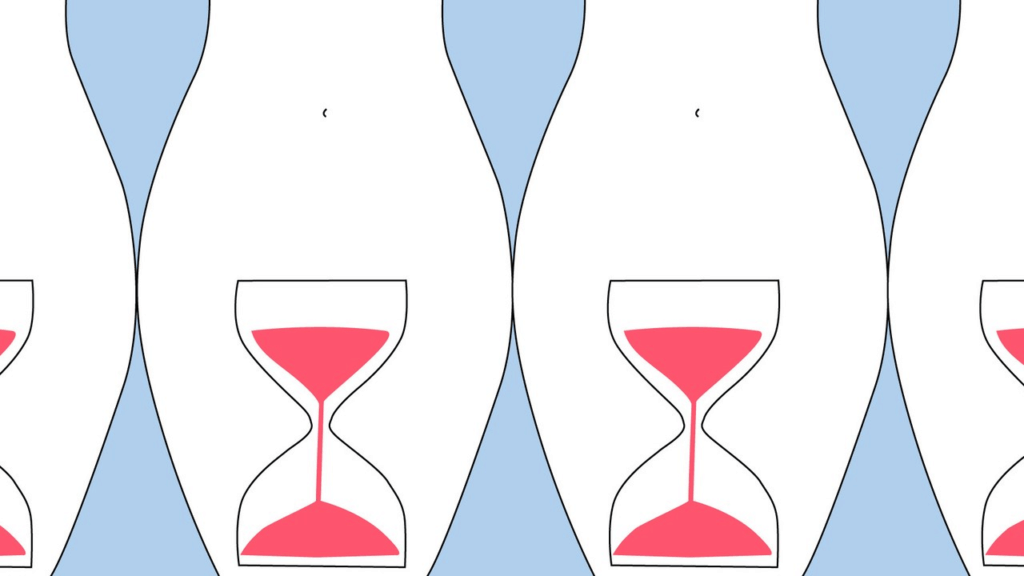Having a child is a beautiful process, but along with it comes a lot of peculiar occurrences. An expectant mother can experience body changes, mood swings, and other unexpected events. Doctors recommend waiting about a week after a missed period before taking a home pregnancy test. Sometimes, your body will display weird symptoms that can alert you to pregnancy before you even take a pregnancy test!
Studies show that roughly 90 percent of pregnant women will experience at least one pregnancy symptom by their eighth week. There are quite a few signs of pregnancy that everyone knows like being tired, missing your period, or having sore breasts. But a pregnant woman can also experience weird symptoms, especially early on in their pregnancy. That’s why it’s so important to listen to your body and be aware of emotional and physical changes. Keep reading to learn all about the weirdest signs of pregnancy!

1. Late Period
The most common sign of pregnancy is a missed period. About 30 percent of women consider a missed period their first sign of being pregnant. Women typically have a 28-day menstrual cycle, and it’s recommended to take a pregnancy test if you’ve gone a month without your period.
Many women can experience spotting or very light periods, so if something seems off with your cycle, take a pregnancy test. If you tend to have an irregular period, get a complete examination from your doctor to be sure you’re actually pregnant. Keep in mind that spotting can continue throughout your pregnancy. If you experience heavy bleeding after confirming a pregnancy, see your doctor as soon as possible.
